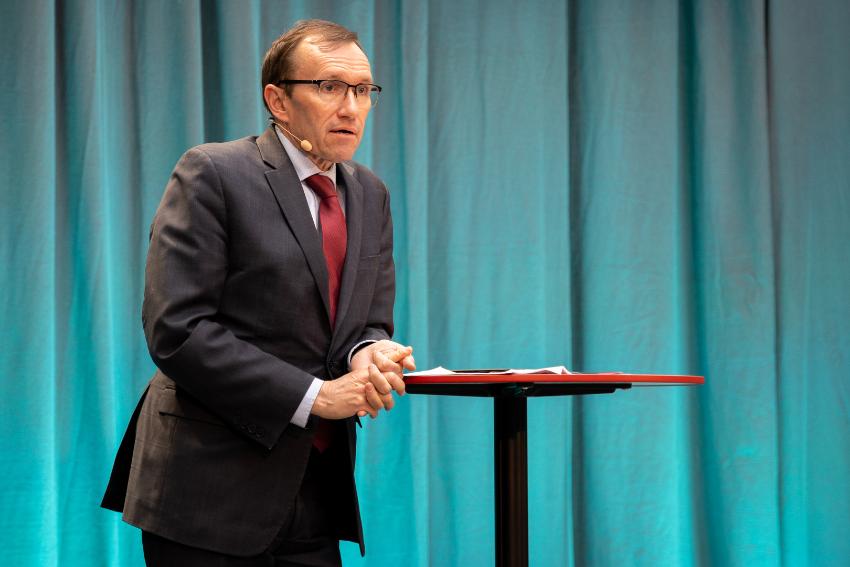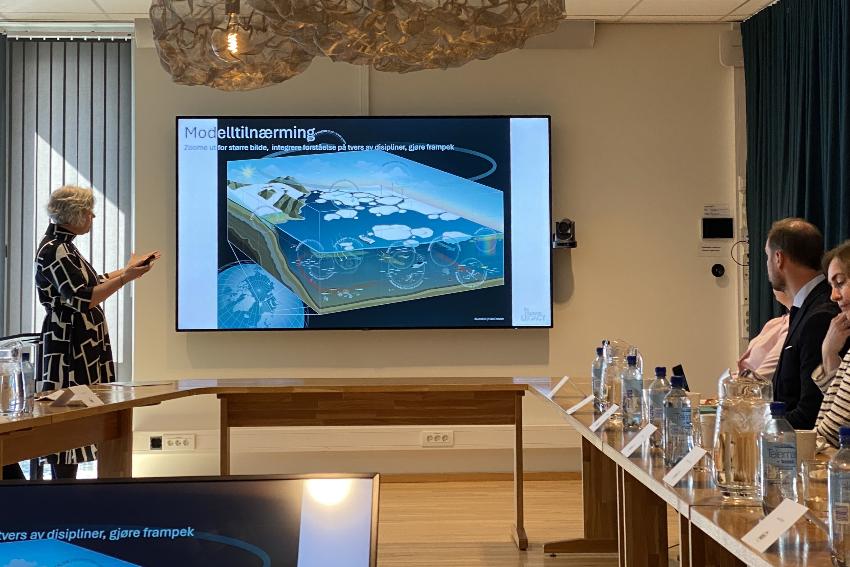Meroplankton in Svalbard waters
Meroplankton are largely larvae of benthic organisms, living temporarily in the water column before settling to the sea floor. They are an important part of the Arctic marine coastal environment. Their seasonality and

temporal dynamics are poorly understood in the Arctic. The main aim was to increase the knowledge on meroplankton dynamics and their ecological role in the Arctic marine coastal ecosystem. We wanted to find out when and in what numbers planktonic larvae of marine invertebrates occur and what is driving observed seasonal variations. We also wanted to get an idea about their potential feeding impact.
Frequent zooplankton sampling throughout the whole yearly cycle in several fjords around Svalbard revealed a strong correlation of meroplankton abundance with phytoplankton biomass and day length. Cirripedia and Bivalvia larvae occurred in particularly high numbers and contributed considerably to the total zooplankton. Most groups were most abundant during the productive times of the year. Identification of marine invertebrate larvae is often difficult since they are both small and for Arctic species largely not described or have characteristics, which are very hard to distinguish. Therefore, larvae of bivalves, which occurred in highest numbers, were identified to species using the genetic approach of DNA bar-coding. Three out of four identified bivalve species showed similar seasonal occurrence pattern, and differences might be attributed to the biogeographical distribution range of the species. Feeding experiments with the second most abundant group – Cirripedia – gave limited results. Still, they indicated that Cirripedia nauplii on their own are not capable of controlling the phytoplankton biomass during mass occurrences in spring.
The thesis:
http://munin.uit.no/bitstream/handle/10037/10018/thesis.pdf?sequence=6&isAllowed=y
Commission

Supervisors
- Assoc. professor Janne Søreide, UNIS
- Professor Marit Reigstad, AMB
Bedømmelseskomité:
- Professor Jan Marcin Weslawski, Institute of Oceanology, Polen (1. oponent)
- Dr. Silke Lischa, Helmholtz Centre for Ocean Research Kiel, Tyskland (2. oponent)
- Professor Einar M. Nilssen, AMB (internal member and head of Committe)
Disputation was held in English and was lead by Dean Geir Rudolfsen, Facutly of Biosciences, Fisheries and Economics
Personal
Eike Stübner was born in Wiesbaden, Germany. She moved to Norway in 2004 and completed her MSc in marine biology in 2007 at the University of Trondheim/ UNIS. After working as sled dog guide and working for her own company, she started her PhD at UNIS in 2010.
Navn: Eike Stübner
Institusjon/institutt: Department of Arctic Biology, UNIS
Telefonnummer/mobilnummer: 41030977
E-postadresse: eikes@unis.no


